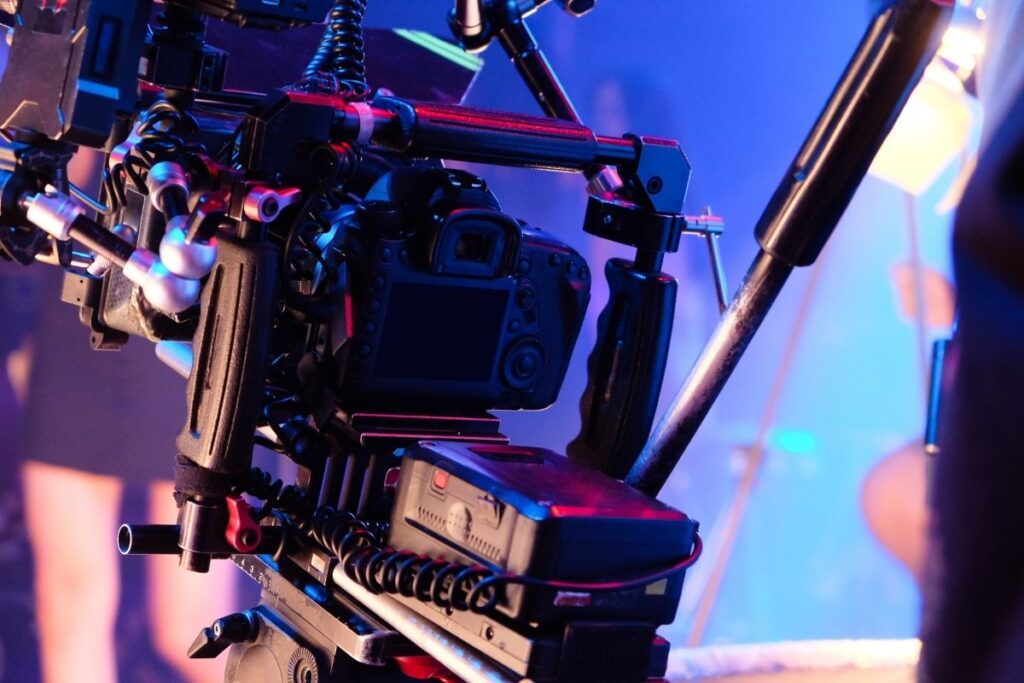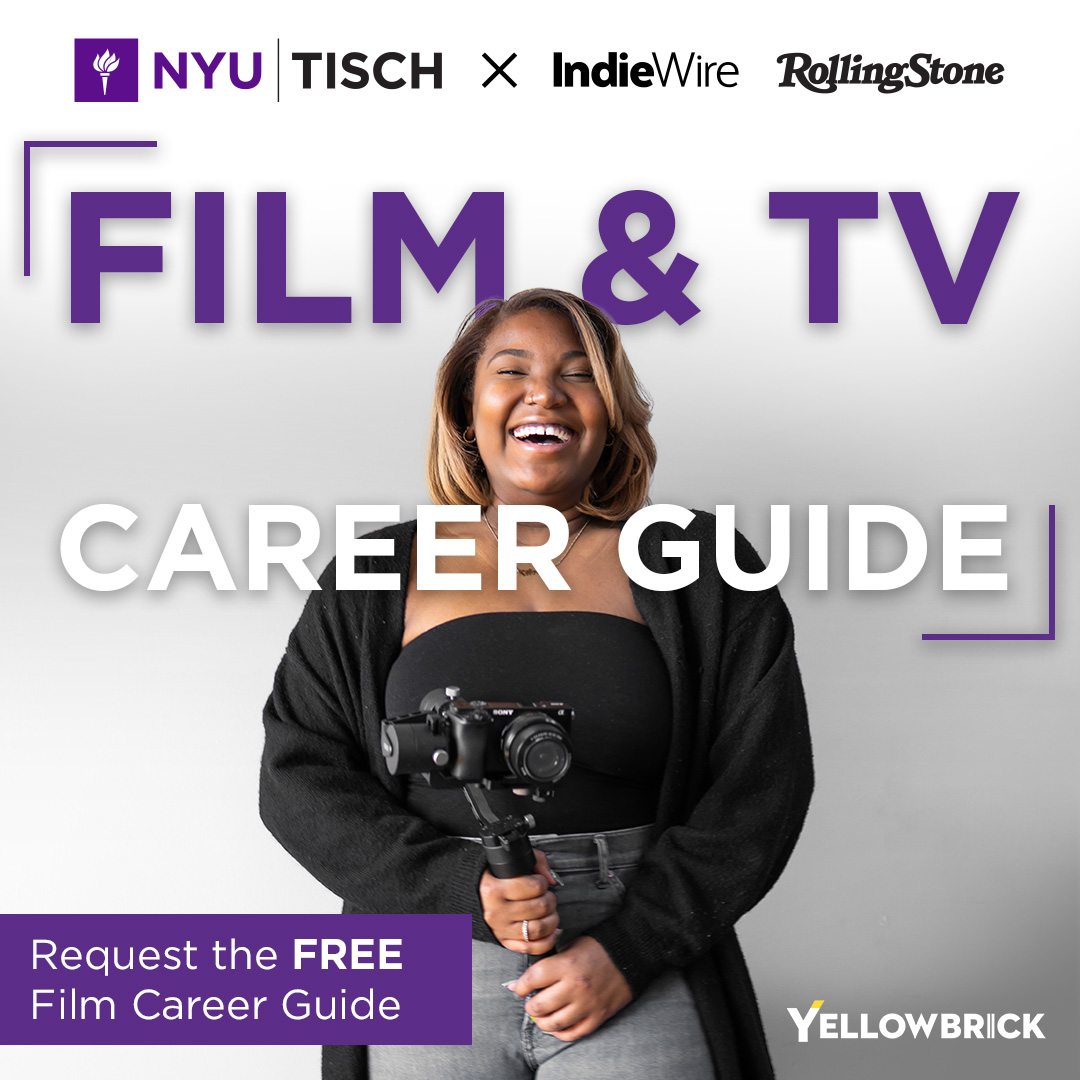“Being an editor gets you to understand the whole process of what a script needs, what production needs, and then, ultimately, what you need in the editing room in order to make your film effective,” David K. Irving explains. “The editor will want to spend a lot of time with the director thinking through how they want to do the story. They usually do their first cut, which is called an assembly, based on the script, and then they’ll eventually cut it down. Their most important job is creating a rhythm or a sense of pace in the film, so the film moves along.”
“I know when Shakespeare would write his tragedies, his first act always ended on a very tragic note, but he would always start the second act with a little comic scene for relief, so the audience could relax and then build up their tension for the tragedy that would happen at the second act.”
An editor, too, is looking for all those rhythms. They’re built into the script. Ideally, the director has given the editor everything he or she needs to put it together, but the editor is not on set. The editor is only making a movie out of the material they have in front of them.
“For example, many times, with an editor, I’ve seen them take a shot from an early scene and put it in a later scene as long as the wardrobe matched because it’s what they wanted in terms of their eyeballs going left to right. There’s a lot of freedom in the editing room. You have to let an editor be freeform in order to make sure they make the best movie possible,” Says Irving.
“As directors, we often get very stuck on the material we shoot. I shot a single take scene where at the end of the scene, one of the actor’s wardrobe got connected to another actor’s wardrobe and got dragged off the set. The actor was smart enough to come back on the set, but I didn’t print that take because I said I can’t use the shot if the continuity doesn’t work.”
“My editor said ‘the audience will never see the continuity problem’. That’s the take with the most energy, and that’s what’s in the film now. I, as the director, cringe every time I see it, but the editor made the right decision.”
In Midnight Cowboy ,the very famous movie with Dustin Hoffman and John Boyd, they almost get hit by a taxicab in the middle of the street in the middle of a scene, and Dustin Hoffman stayed in character as “Ratso” Rizzo, banged on the front of the taxi, and said, ‘I’m walking here! I’m walking here!’ That was never planned in the script, but in the editing room, we’re able to put it together and get this great moment that wasn’t planned, but the editor was able to use it to great effect.




